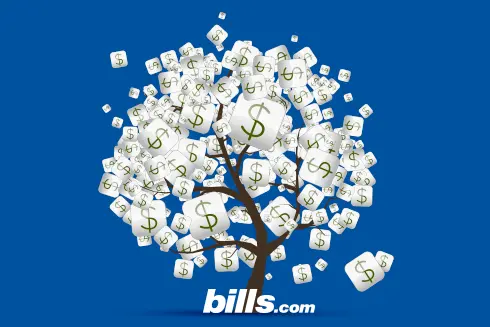Debt Relief Information: All About Debt

Get rid of your debt faster with debt relief
Choose your debt amount
Or speak to a debt consultant 844-731-0836
- 3 min read
- Control your spending habits.
- Create a budget.
- Understand the difference between good debts and bad debts.
- Start your FREE debt assessment
Debt Relief Information: All About Debt
Boot Camp for Debt Relief Part 1: Take No Step before you Prep
1-2-3-4 I don't want no debt no more.
5-6-7-8 help me now 'fore it's too late!
FALL IN!
Americans are getting further into debt. People are spending more and saving less. The message from society is that one cannot live without an iPhone or the newest clothing. Yet, no one tells us how to pay for these items, let alone how to prepare for big ticket purchases like a home or car.
Here is some basic financial advice for avoiding debt in the first place, taking care of existing debts, and making good choices when it is necessary to take on debt.
| Debt Relief Boot Camp |
|---|
| Part 1: Basic Training |
| Part 2: Good Credit Debt Relief Solutions |
| Part 3: Bad Credit Debt Relief Solutions |
Step one for any financial plan involves careful planning and thought. The rule is: Take No Step Before You Prep. Today, there is a lot of good information available, so there is no good excuse for making foolish choices. Do your homework; a prepared soldier knows the enemy and himself.
Good Debt/Bad Debt
Not all debt is bad. Who can afford to buy a house without a loan? Or even a car? But, there is bad debt, too. Taking on debt to buy electronics, to take a vacation, or to eat at restaurants, may be a bad choice.
Is the price for a meal worth it to you, if you saw all the future interest that is added to it, before you paid for it? When you charge dinner out on a credit card, unless you are paying your credit card balance in full at the end of the month, you ARE paying a lot more for your meal than the total on your bill.
Unsure how to handle your debts? Talk to a Bills.com debt resolution partner to explain your situation and goals, and which strategy will work best for you.
What a smart soldier in the debt war needs is a solid budget plan.
Budgeting
Don't look at making a budget like it is getting a root canal. It is the basic element of an effective battle plan against debt.
You need to start by figuring what you expect to spend each month, and then looking at your total income and how much it costs you to pay for all of your expenses. Creating and maintaining a budget will help you focus on spending your money wisely, so the money you spend will bring you the most benefit.
A budget is not a miraculous tool; it does not stop you from spending money foolishly. However, if you thoroughly review your expenses, your budget can help you prioritize your spending. A goal is to make it easier to decide what is necessary, and refrain from spending money on things that can;t afford. Establishing and maintaining a budget- and not buying items that don't fit into your budget, develops a discipline that will help you beat the forces of debt.
Debt Relief Options
When it comes to debt you already have, your main objective is to review all the options available and figure out which debt relief option is best for you. Important factors for you to weigh, when examining different debt relief options, are your overall costs and the size of your monthly payments.
Some debt relief solutions are only available to you if you have good credit, so knowing your credit rating and how to improve it is important, though a subject for a different day.
Continue on to Debt Relief Boot Camp Part 2 and 3 and find out about good credit debt relief solutions and bad credit debt relief solutions.

Get rid of your debt faster with debt relief
Take the first step towards a debt-free life with personalized debt reduction strategies.
Choose your debt amount
Or speak to a debt consultant 844-731-0836